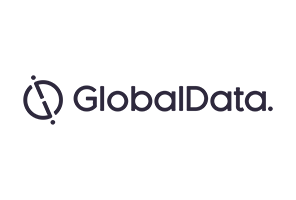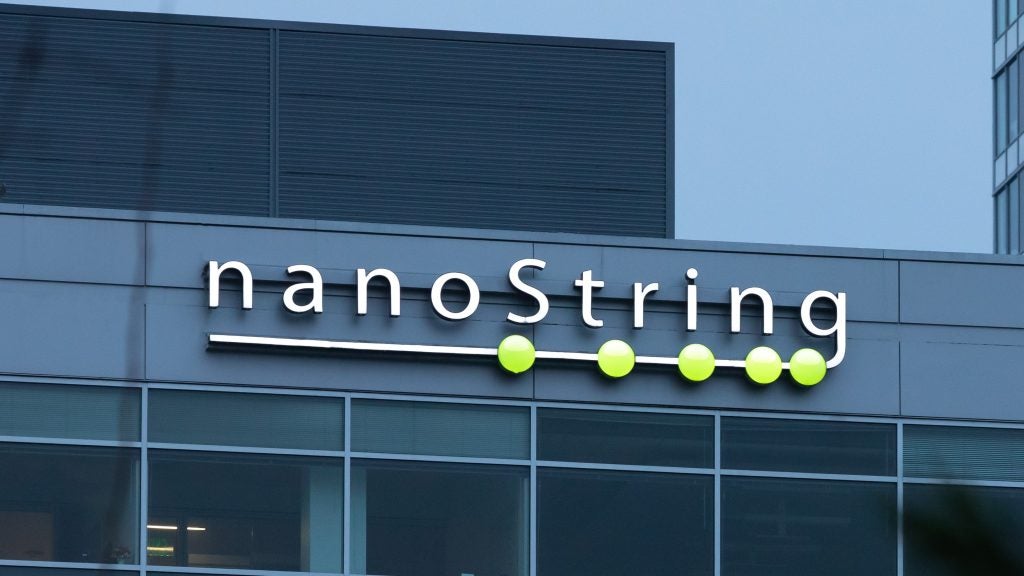

Due to the growing aging population, a global demographic shift is bringing a unique set of health concerns to the forefront of medicine, such as the increasing prevalence of degenerative disc disease (DDD). The most recently developed therapies for DDD patients, including spinal disc prostheses, have focused on preserving motion in the spine in order to combat the drawbacks of spinal fusion, which is the current gold standard treatment. GlobalData’s research found that the global market for artificial disc replacement (ADR) will rapidly expand from $351.3M in 2016 to $752.2M in 2023 at a Compound Annual Growth Rate (CAGR) of 11.5%.
North America is a major contributor to the global market for ADR, driven by an improving reimbursement scheme for cervical disc replacements and the recent FDA approval for another two-level cervical system. Fast growth is also expected in South America, as spine companies outside this region ramp up their market penetration efforts to promote cervical disc replacement and patients seek out more modern healthcare treatments. Although pricing pressures are being experienced in South America, the effects of these pressures are more strongly felt in other regions, stemming potential market growth. The developing markets in Asia-Pacific and the Middle East and Africa still rely heavily on patients to pay out of pocket for medical treatment, restricting access to expensive procedures such as ADR. Additionally, economic frailty in Europe has forced healthcare providers to focus on cost savings, again limiting the use of costly ADR systems.
Despite these obstacles, medium to high growth is expected in ADR markets around the world as patients demand an improved quality of life. Preservation of spinal motion, less recurrence of reoperation, and the minimally invasive nature of the ADR procedure are appealing factors to patients and physicians alike, and are expected to drive adoption over the next five years. Although the market for spinal fusion will remain the most lucrative spine market in 2023, the market also has the potential for spinal nonfusion technologies such as ADR to surpass fusion as the gold standard treatment.




